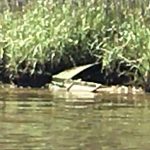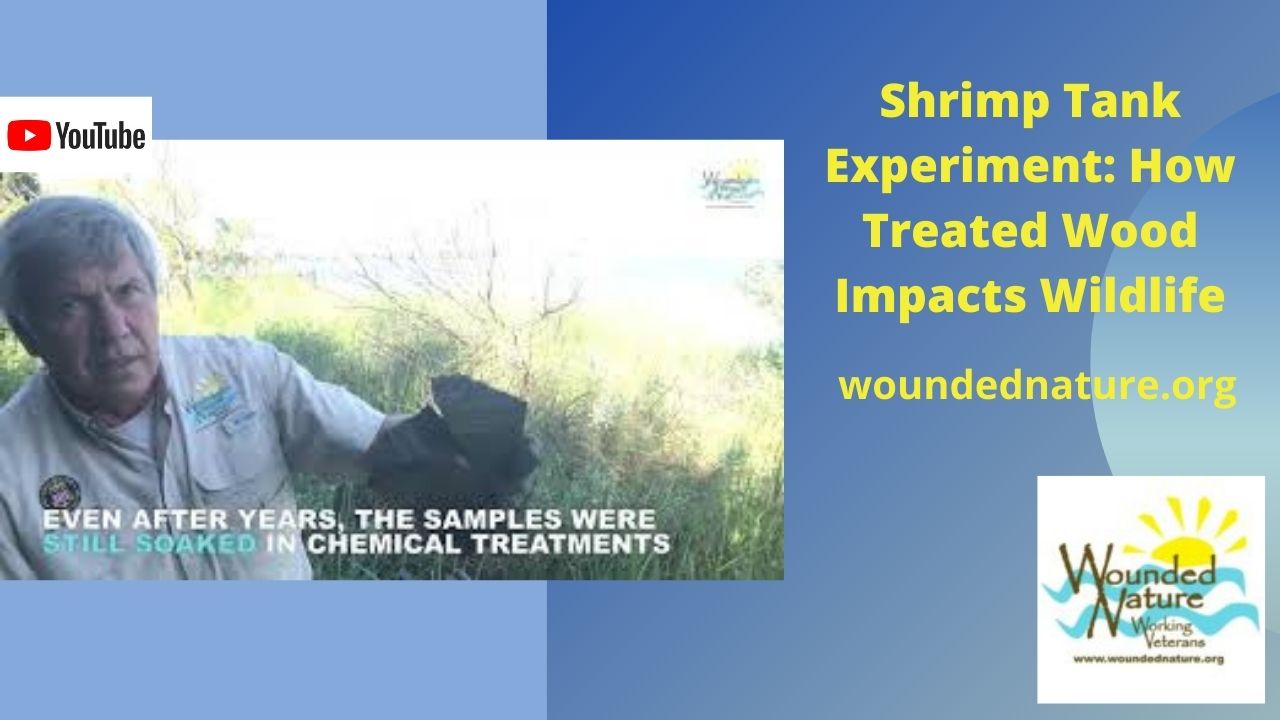 The use of treated wood in aquatic environments is a controversial topic.
The use of treated wood in aquatic environments is a controversial topic.
The addition of treated wood structures to the marine environment has both physical and chemical impacts on the surrounding environment. Nearly all materials, man-made or natural, placed in an aquatic environment will introduce chemicals.
If present in large enough concentrations, these chemicals will either immediately, or over time, pose a potential threat to plant and animal life forms dependent on that environment. These chemicals used to preserve wood will leach or migrate from treated wood structures built in aquatic and wetland areas into the water column and surrounding sediments. The question is how much and when will the preservatives move into the environment and under what circumstances might they represent a significant risk.
Many studies have been conducted to determine the effects of treated wood in freshwater and marine installations. Wood preservative products are those that control wood degradation problems due to fungal rot or decay, molds, or wood-destroying insects. Both the treatment process and the use of treated products can result in risks to marine life’s health and the environment.
Using treated wood in water should always be considered carefully. There will be an impact on wildlife habitats from the presence of a structure, no matter the construction material, but alternatives to treated wood should be used wherever practicable. For most projects, creosote-treated wood is not required or recommended for use in aquatic environments.
Every effort must be made to shield creosote-treated wood from exposure to solar heating and to prevent entry of the pesticide into the aquatic environment. All cutting and boring of treated wood should take place in upland areas and any waste materials must be kept out of the aquatic environment and be properly disposed of upland. Such work that must be done in situ is to be fully contained so that no waste materials are deposited into water or onto aquatic sediments. 
As an example, please watch our YouTube Video, Shrimp Tank Experiment, to see some immediate results from treated wood being exposed to a marine environment.
If you would like to help Wounded Nature-Working Veterans make a real environmental difference, please go to our Volunteer page or our Support page to learn about supporting our mission.
